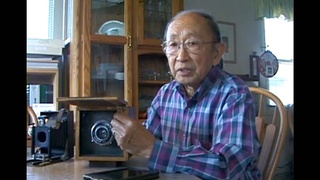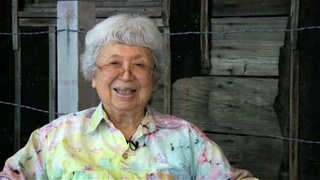Interviews
The Emotional Toll of Being Incarcerated in Camp during World War II
When I think about the camp days, I – I’m always grateful to my parents for shielding me. For letting me be a child and run around and have a good time with young people, not to – I don’t forget the barbed wire. I remember the barbed wire. I remember trying to crawl back in the barbed wire. I remember the kind guard, you know, who helped me climb back into camp, telling me not to get caught by the mean guards with the guns pointing at me in camp. It’s – I don’t know how other young people feel about it, but I’m emotional. I don’t talk about it with – I don’t talk about it. My sisters and I never talked about it, we never – never discussed camp once we got out of camp. I never really talked about it with my children. I think I would have a difficult time.
Date: November 8, 2018
Location: California, US
Interviewer: June Berk
Contributed by: Watase Media Arts Center, Japanese American National Museum








